How to Plan Post-Surgery Care in Gangnam | PlacidWay Guide
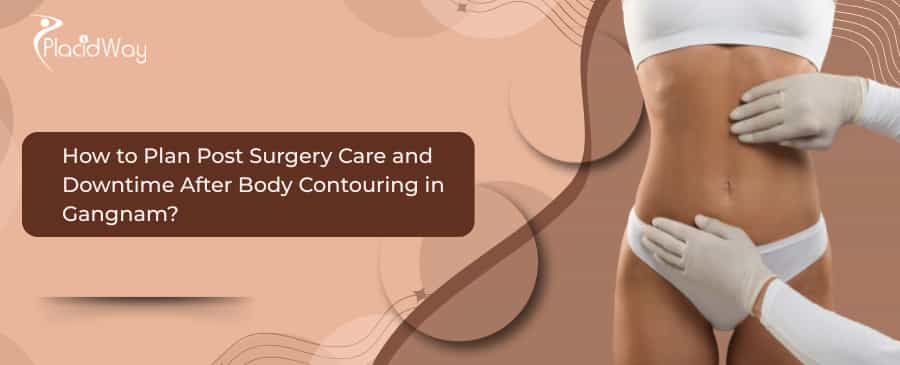
So, you’ve decided on body contouring in Gangnam. Amazing! You're heading to one of the world's top destinations for plastic surgery, and you’re probably focused on the 'before' and 'after' photos. But here’s a critical piece of the puzzle that often gets overlooked: the 'during.' I'm talking about the recovery. The surgery itself is just the first step; your post-surgery care and downtime plan is what truly protects your investment and shapes your final results.
And let's be real, planning recovery in a foreign country is... daunting. You're far from your own bed, your support system, and even your pantry. Who will help you? Where will you stay? What happens after you leave the clinic? It's a lot to handle. This guide is here to walk you through it, step-by-step, so you can stop worrying about the 'what ifs' and start planning for a smooth, safe, and successful healing journey in Seoul.
Your Step-by-Step Guide to Planning Post-Op Care in Gangnam
This isn't just about booking a flight and a hotel. This is about creating a recovery 'bubble' that allows you to heal properly. Let's break it down.
Step 1: Ask the Right Questions (Before You Even Book)
Your planning starts during your very first virtual consultation. Don't just focus on the surgeon's credentials and the procedure cost. You need to become an investigator about your *aftercare*. This is non-negotiable.
Key questions to ask your Gangnam clinic:
- What is your specific post-op care protocol? Do they provide in-clinic recovery rooms? For how long?
- What's included? Do they offer post-op 'deswelling' treatments like lymphatic drainage massage or light therapy? How many sessions are included? (This is a *huge* part of the Korean plastic surgery experience).
- What's the *realistic* downtime? Ask them for a timeline. "When can I realistically fly home?" (e.g., 10 days for lipo, 14+ for a tummy tuck).
- Who is my point of contact *after* I leave? Will I have an English-speaking coordinator's number? What if I have a problem at 2 AM?
- What about prescriptions? Will you provide them? Where do I fill them?
- If I'm getting a BBL (Brazilian Butt Lift): What are your specific recovery instructions? You can't sit! How do you facilitate this? Do you provide the BBL pillow?
Getting clear, written answers to these questions forms the foundation of your entire plan. This is where a medical tourism facilitator like PlacidWay is a lifesaver—we already know these protocols and can get these answers for you.
Step 2: Secure Your Recovery "Nest" (The Right Accommodation)
This is probably the most important decision you'll make after choosing your surgeon. Your hotel or apartment is not just a place to sleep; it's your recovery room, your kitchen, and your sanctuary.
What to look for:
- Location, Location, Location: You must be close to your clinic. Ideally, within a short walking distance (or a 5-minute cab ride). You will have follow-up appointments, and you will *not* feel like navigating the Seoul subway. Look in areas like Gangnam-gu, Sinsa-dong, or Nonhyeon-dong.
- Ditch the Stairs: This is not the time for that cute, multi-level Airbnb. You need an elevator. Period.
- Walk-In Showers: Trust me, trying to step over a high bathtub lip after a tummy tuck or 360 lipo is a recipe for disaster (and pain). A simple, walk-in shower is a godsend.
- Kitchenette/Room Service: You'll need to manage your nutrition. Having at least a mini-fridge and a microwave is essential for storing simple, healthy foods and heating up 'juk' (Korean rice porridge). Better yet, an apartment-hotel (serviced residence) is ideal. Room service is a fantastic, albeit pricier, backup.
- Comfortable Bed: You'll be spending *a lot* of time in it.
Pro-Tip: Many hotels in Gangnam specifically cater to medical tourists. They're discreet, comfortable, and often partner with clinics. Some even have special 'recovery' packages.
Step 3: Assemble Your Support System (You Can't Do It Alone)
I'm going to be blunt: you cannot, and should not, try to do this alone. Even for "simple" liposuction, you will be sore, groggy from anesthesia, and emotionally drained. For the first 24-72 hours, you *need* someone.
- Option A: Bring a Support Person. This is the gold standard. A trusted friend, partner, or family member who can be your nurse, your chef, your errand-runner, and your emotional support.
- Option B: Hire a Professional Aftercare Service. This is a fantastic option and very common in Seoul. You can hire a private, English-speaking nurse or a caregiver service specifically designed for post-op medical tourists. They can pick you up from the clinic, get your prescriptions, help you wash, change dressings, and bring you food.
Don't try to 'tough it out' to save money. A complication from falling or not being able to care for yourself will cost you far more in the long run. PlacidWay can help you connect with vetted, reliable aftercare services in Seoul.
Step 4: Pack for Recovery, Not a Vacation
Your packing list is going to look... different. Comfort is the only thing that matters.
Your 'Recovery' Packing List:
- Loose, Dark Clothing: Think zip-up hoodies (pulling things over your head is hard), button-down pajamas, loose sweatpants. Why dark? To hide any potential fluid leakage from incision sites. It happens.
- Slip-on Shoes: You will not be able to bend over and tie laces. Think slides or slippers.
- Your Prescriptions: Plus, a "just-in-case" kit. Include laxatives (anesthesia and painkillers are *notoriously* constipating), stool softeners, Arnica (for bruising), and any comfort meds your doctor approves.
- Neck Pillow: For the flight, and for sleeping upright in bed, which is often recommended.
- Dry Shampoo: You might not be able to shower properly for a few days.
- Snacks from Home: Sometimes, you just want a familiar taste. Protein bars, crackers, etc.
- Extension Cord/Power Bank: So you can have your phone, laptop, and chargers all within arm's reach of your bed.
- A "Grabber" Tool: This sounds silly, but a simple grabber tool from Amazon can save you from bending or stretching for the remote or your water bottle. A total game-changer.
Step 5: Master Your Nutrition & Hydration Plan
What you eat directly impacts your swelling. Your body is a construction site, and it needs high-quality materials to rebuild.
- Low Sodium is Your New Religion: Salt is your enemy. It makes you retain water and increases swelling. Avoid salty soups, processed ramen, and fast food.
- Protein is for Repair: Your body *needs* protein to heal tissues. Focus on eggs, tofu, fish, lean chicken.
- Hydrate, Hydrate, Hydrate: Water is essential for flushing out anesthesia and toxins. Many clinics also recommend 'Hobak-juk' (pumpkin porridge) or pumpkin juice, which is a famous Korean natural de-bloater.
- Use Delivery Apps: Download apps like **Coupang Eats** or **Shuttle**. You can get groceries, water, and healthy prepared meals delivered right to your hotel room. It's an absolute necessity.
Step 6: Understand the Healing Process (Mentally & Physically)
This is the part no one warns you about. The post-op "dip."
Around day 3-5, the initial excitement wears off, the anesthesia is gone, and the swelling is real. You'll be bruised, uncomfortable in your compression garment, and you'll look in the mirror and think, "What have I done?"
This is 100% normal.
Your results are hidden under swelling. Your job is not to judge your results; your job is to trust the process. Follow your clinic's instructions to the letter.
- Wear Your Compression Garment: Wear it 24/7, or as directed. It’s your new best friend. It controls swelling, reduces bruising, and helps your skin retract.
- Do Your Post-Op Treatments: If your clinic includes lymphatic drainage massages, *do them*. They can be uncomfortable, but they are miracle workers for accelerating healing and reducing "lumpiness."
- Walk: Don't just lie in bed. Gentle, short walks around your hotel room or hallway (as soon as you're cleared) are *critical* to prevent blood clots.
Step 7: Plan the Journey Home
You've healed, you've had your final check-up, and you're cleared to fly. But this isn't a normal travel day.
- Request Airport Assistance: Book a wheelchair service. Seriously. Incheon is one of the world's biggest airports. There is *no* shame in this. The last thing you want is to be exhausted, in pain, and rushing for a gate.
- Get an Aisle Seat: You need to be able to get up, stretch, and walk to the bathroom easily (and often) to keep your blood circulating.
- Hydrate and Move: Drink tons of water on the plane. Get up and walk the aisle every hour you're awake.
- Wear Your Garment: You *must* wear your compression garment on the flight. The cabin pressure will make you swell.
Common Questions About Gangnam Body-Contouring Recovery (People Also Ask)
How long is the recovery after body contouring in Korea?
It varies wildly by procedure. For liposuction, expect 7-10 days before you're 'publicly presentable' and can fly home. For a tummy tuck, you're looking at a 14-day minimum stay in Seoul, with full recovery taking months. A BBL has unique challenges, as you can't sit for several weeks. Always ask your surgeon for *your* specific timeline.
Can I travel alone for plastic surgery in Gangnam?
We *strongly* advise against it. At a minimum, you must hire a professional aftercare service for the first 48-72 hours. You will be in no condition to care for yourself immediately after surgery. It's a safety and health issue.
What is the 'deswelling' treatment in Korean clinics?
This is a major benefit of body contouring surgery in Korea. Most high-end Gangnam clinics include a post-op care package with treatments like high-frequency ultrasound, LED light therapy, and (most importantly) manual lymphatic drainage (MLD) massage. These treatments are designed to speed up healing, reduce swelling, and minimize scar tissue.
When can I fly after liposuction?
Most surgeons will clear you to fly after your 7 or 10-day check-up, once stitches are out and they've confirmed there are no signs of infection. Flying too early increases your risk of deep vein thrombosis (DVT), a serious blood clot.
What should I eat after a tummy tuck in Korea?
Focus on low-sodium, high-protein, and high-fiber foods. You'll want to avoid constipation at all costs (it puts strain on your incisions). Think porridge ('juk'), soups, steamed vegetables, tofu, fish, and lots of water.
Where do I stay in Gangnam after surgery?
Look for serviced residences (apartment-hotels) or recovery-friendly hotels within a 1-2 block radius of your clinic. Key areas are Gangnam-gu, Sinsa-dong, and Nonhyeon-dong. Prioritize elevators, walk-in showers, and a kitchenette.
How much should I budget for aftercare and downtime?
Don't just budget for the surgery! You must factor in: * 10-14 nights of accommodation ($100-$200+ per night). * Food and delivery for that period. * Cost of a support person's flight and stay OR the cost of a private nurse (which can be several hundred dollars per day). * Transportation (cabs to/from the airport and clinic). * Medications and recovery supplies (extra garments, etc.). This can easily add $2,000 - $5,000+ USD to your total trip cost.
Don't Plan Your Journey Alone. Let PlacidWay Help.
Feeling overwhelmed? That is a completely normal and valid feeling. Planning a major surgery in another country is a massive logistical and emotional challenge. It’s like a complex puzzle, and you don’t want to miss a single piece.
You don't have to do it by yourself.
This is exactly why PlacidWay Medical Tourism exists. We are your partners in this journey. We do more than just connect you with a clinic; we help you build your *entire* plan. We can help you: * Find and vet the perfect, world-class surgeon in Gangnam for your specific procedure. * Facilitate your consultations and ensure you get *all* your aftercare questions answered. * Recommend and coordinate recovery-friendly accommodations. * Connect you with trusted, English-speaking private nursing and aftercare services. * Guide you on logistics, from airport transfers to what to pack.
Stop guessing and stressing. Start planning with a confident partner by your side. Contact PlacidWay today for a free consultation and let us help you navigate every step of your medical tourism journey to Gangnam, from your first question to your safe return home.


.png)
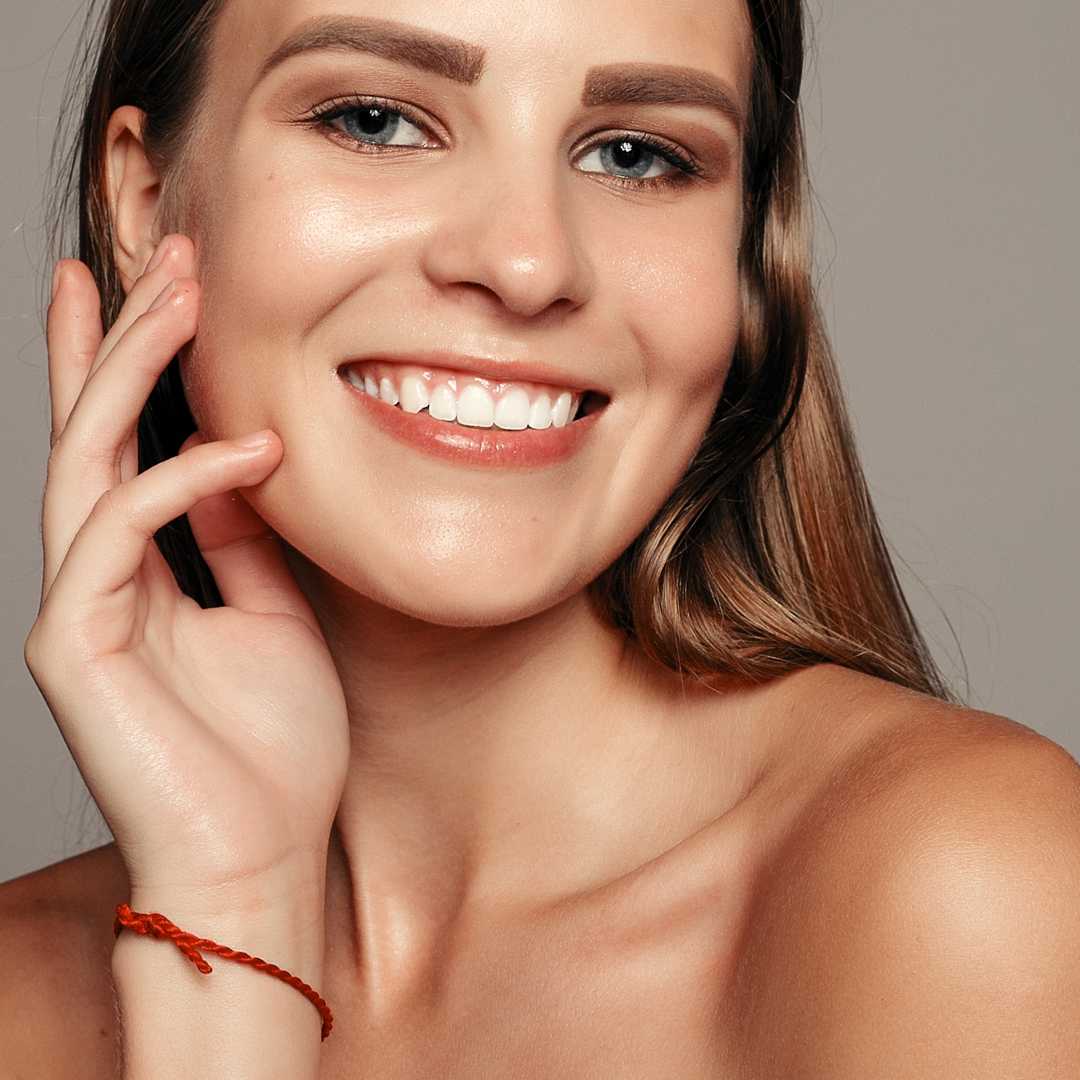
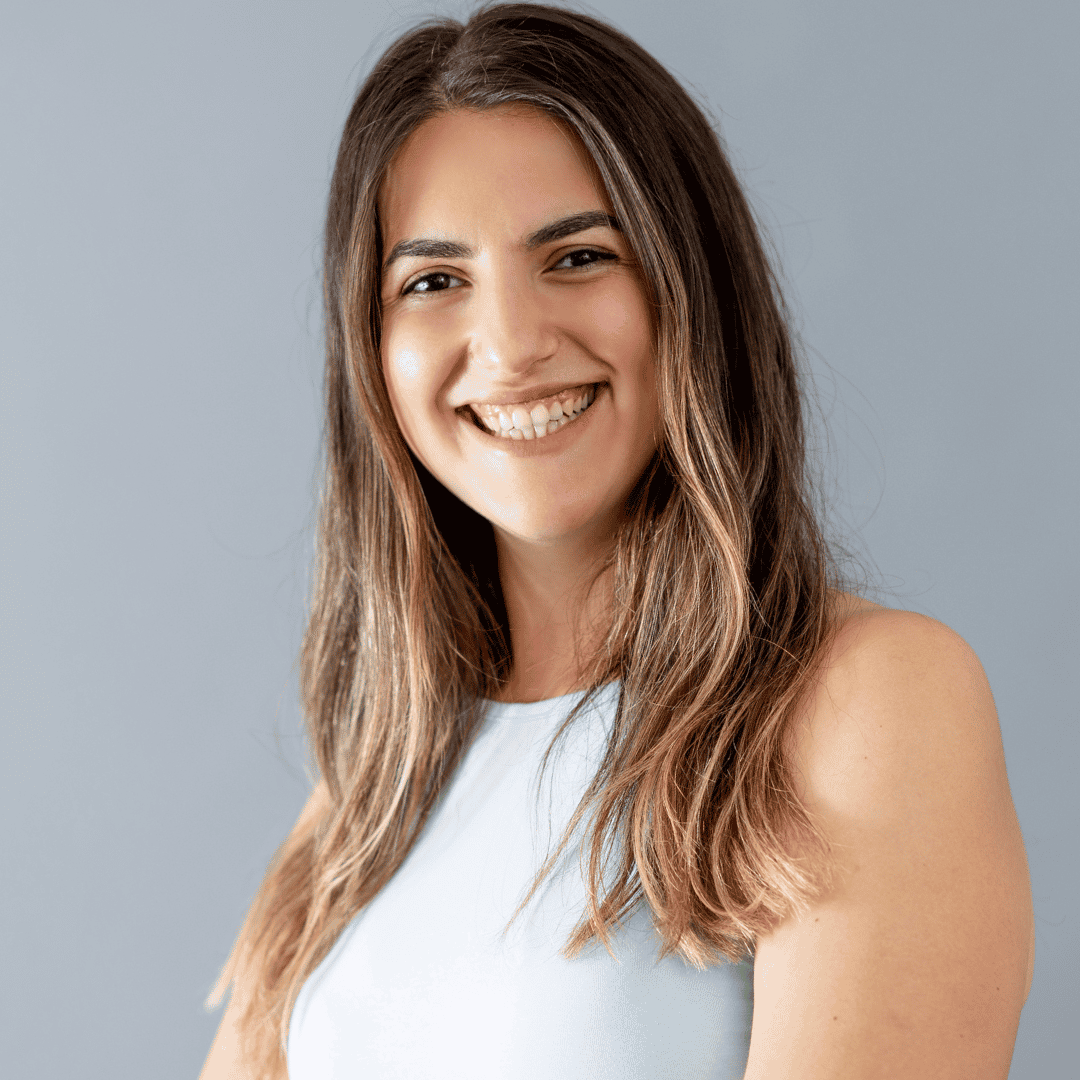
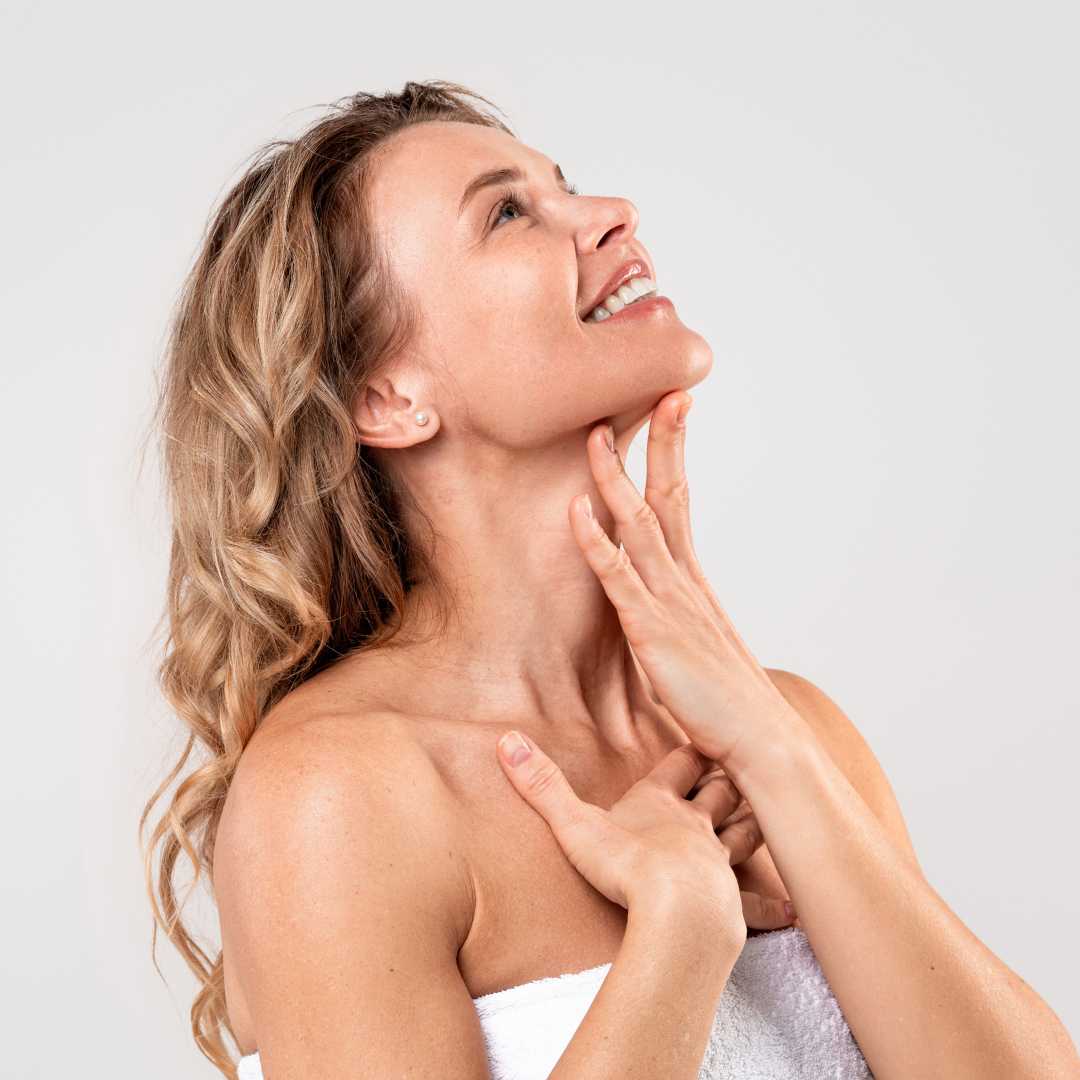
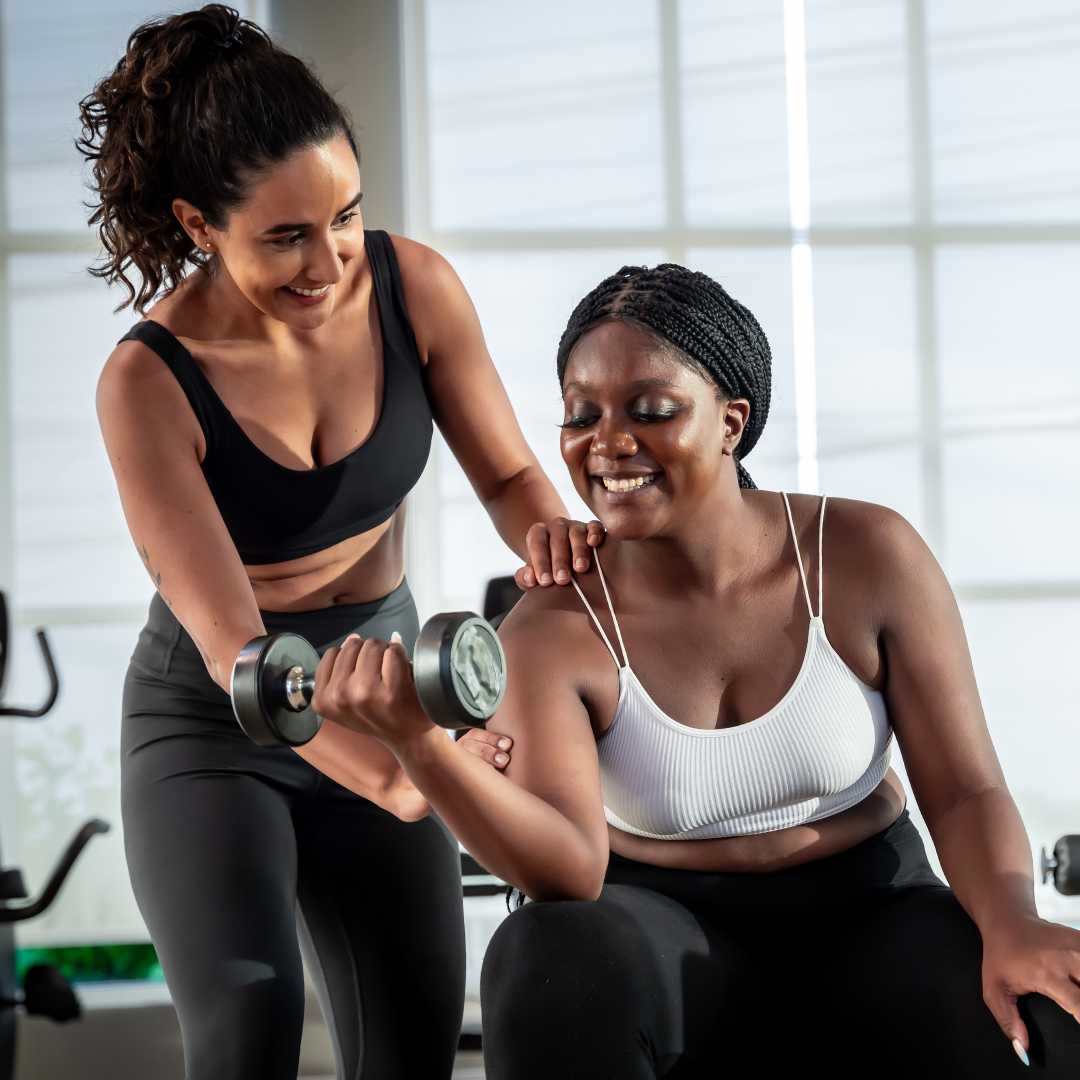


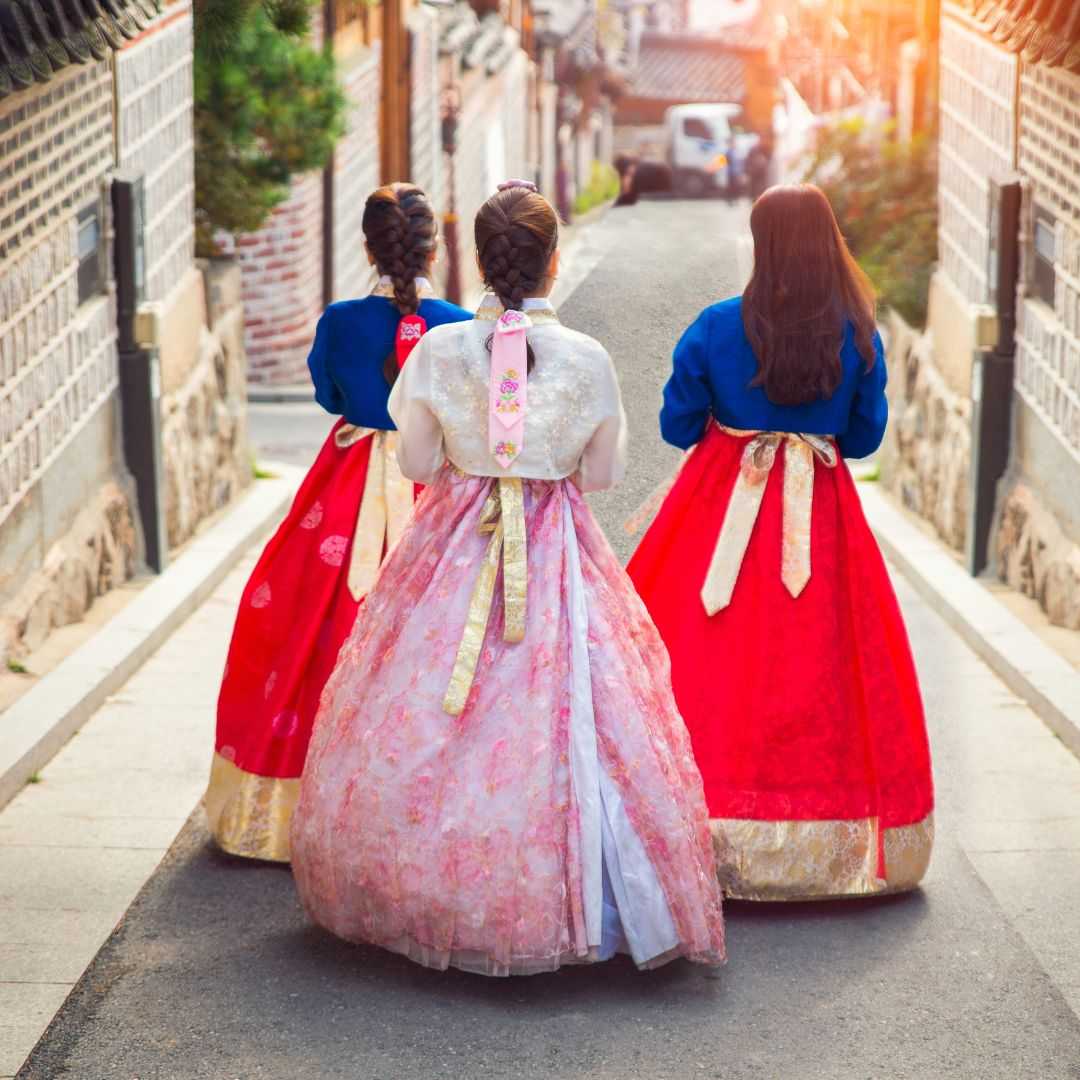
.png)
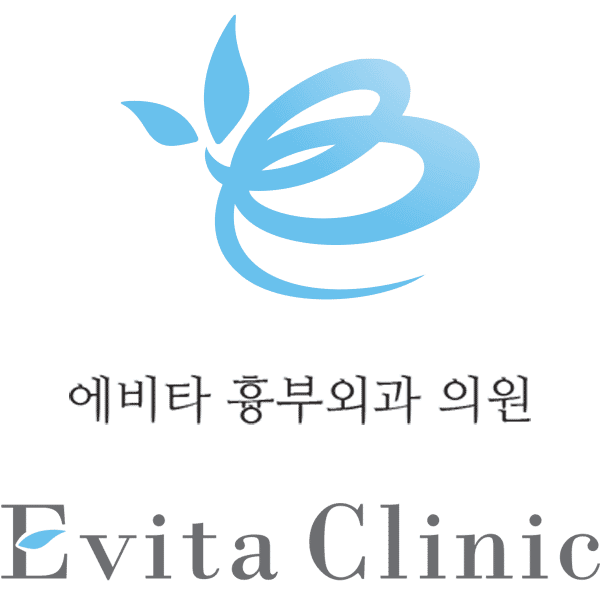
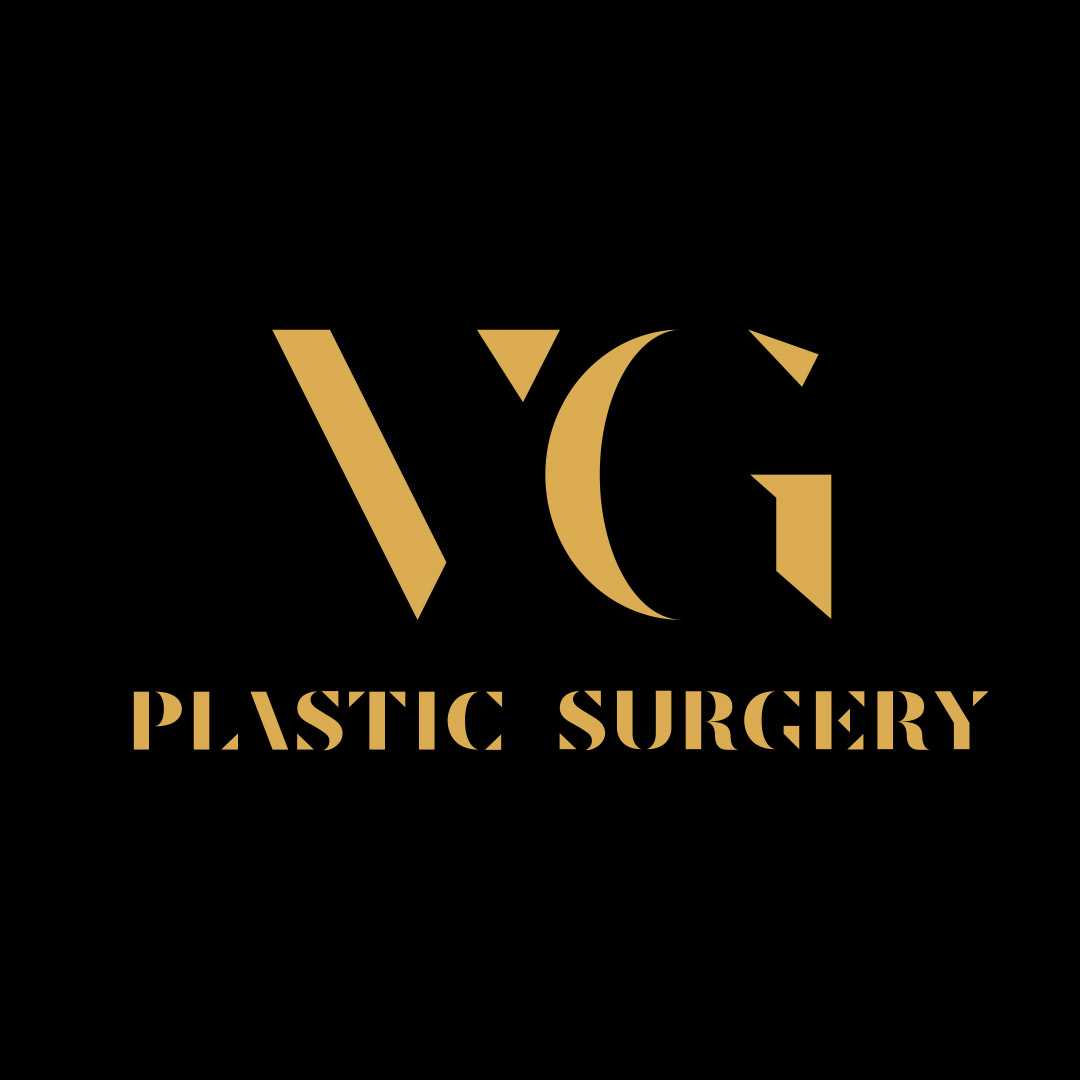
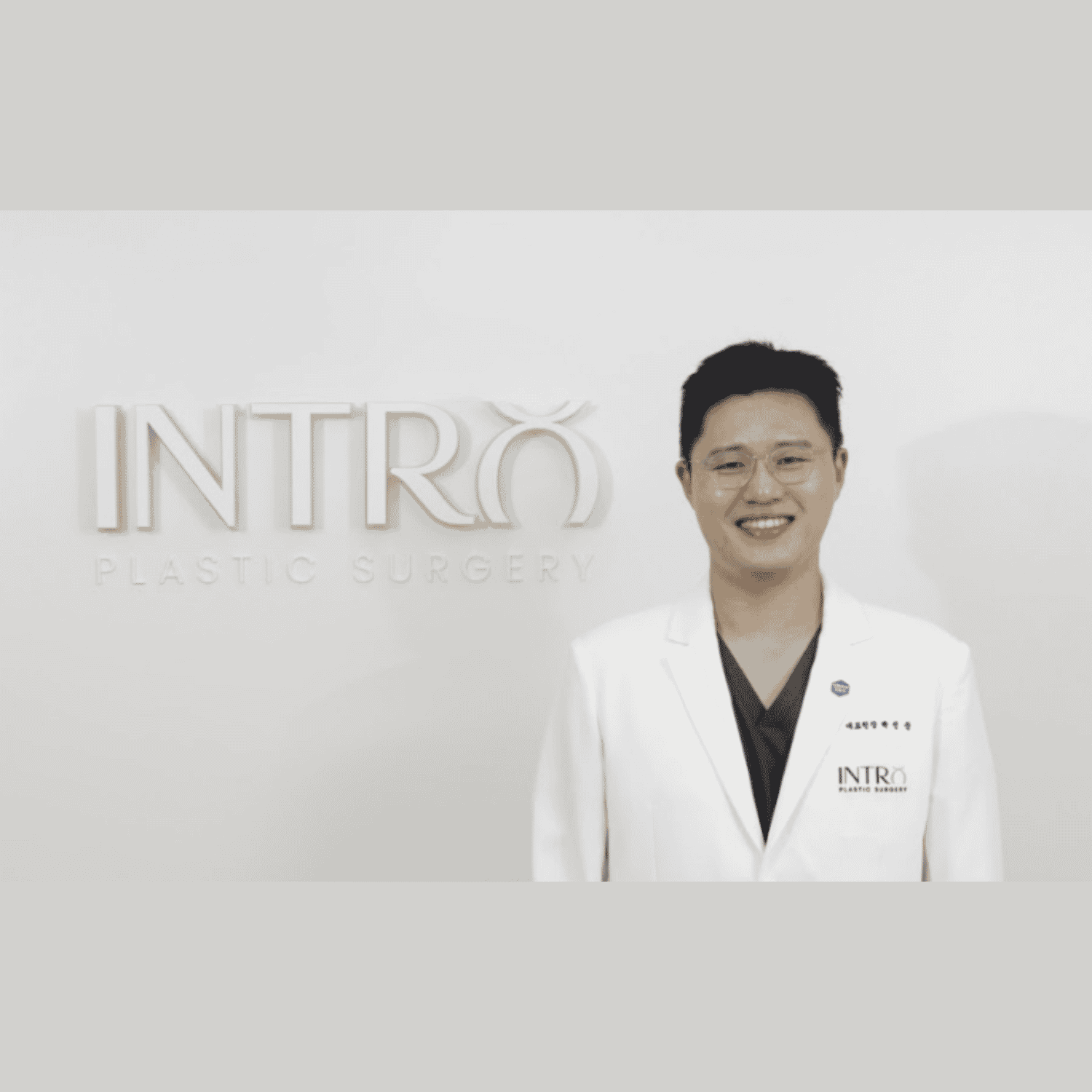
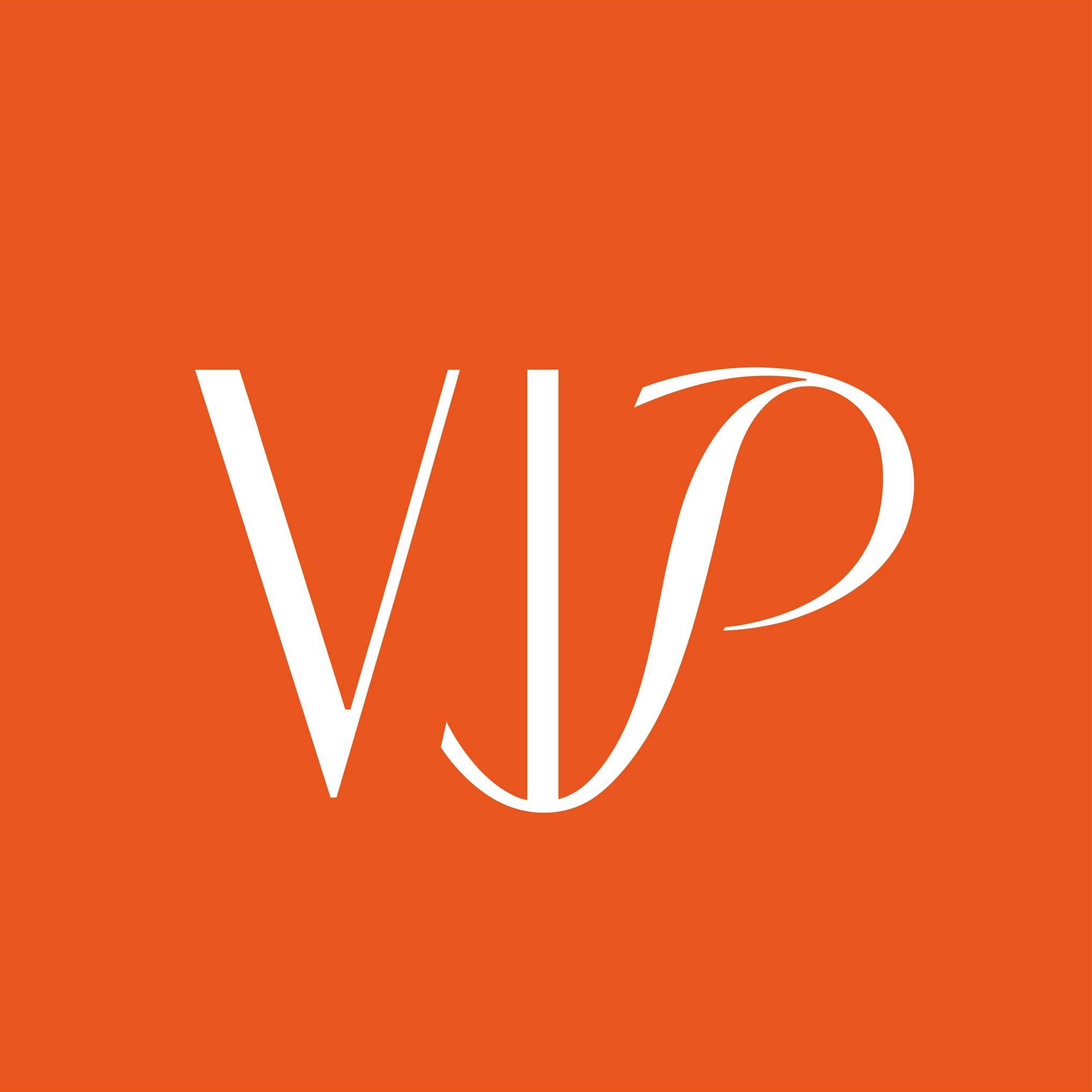
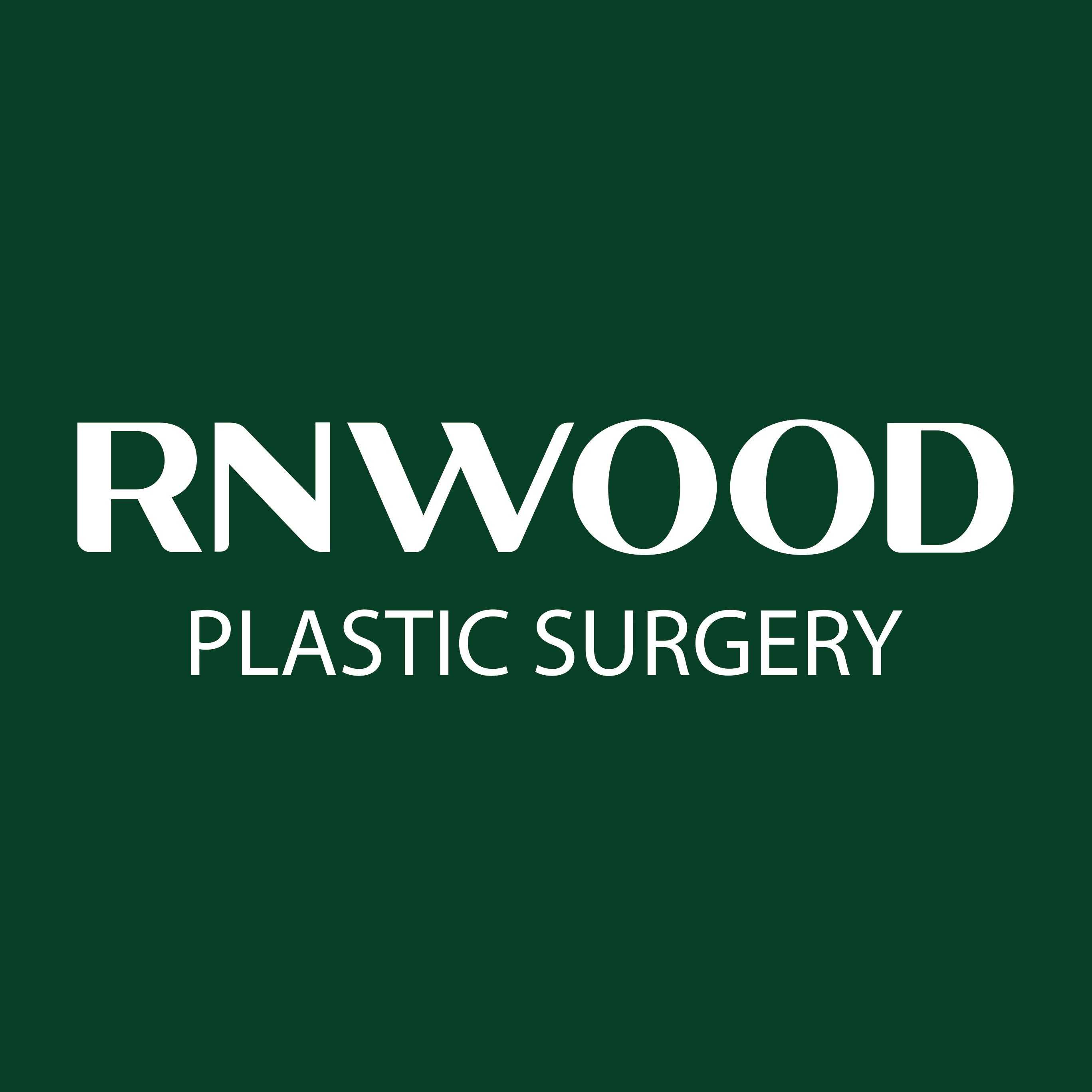

Share this listing